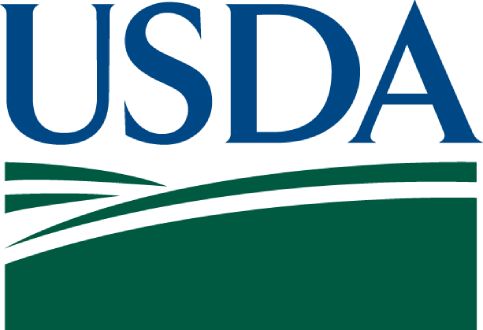Empirical Bayes Shrinkage Estimates of State Supplemental Nutrition Assistance Program Participation Rates: Fiscal Year 2018 to Fiscal Year 2020
Download
Associated Project
Using Microsimulation in Supplemental Nutrition Assistance Program (SNAP) Policy Analysis
Prepared for:
U.S. Department of Agriculture, Food and Nutrition Service
Clients

Key Findings
- An estimated 78 percent of eligible people received SNAP benefits in fiscal year 2020. However, participation rates varied widely from State to State.
- In 23 States and the District of Columbia, the rates were statistically significantly higher than the national rate, and in 15 States, the rates were significantly lower.
- On average, 90 percent confidence intervals for fiscal year 2020 shrinkage estimates of State SNAP participation rates were 46 percent narrower than the corresponding confidence intervals for direct estimates.
The State participation rate estimates were derived by using empirical Bayes shrinkage estimation methods and data from the CPS ASEC, the ACS, and administrative records. The shrinkage estimator averaged direct estimates of participation rates with predictions from a regression model. The regression predictions were based on observed indicators of socioeconomic conditions in the States, such as the percentage of a State’s population receiving SNAP benefits. Shrinkage estimators improve precision by “borrowing strength,” that is, by using data for several years from all the States to derive each State’s estimates for a given year and by using data from multiple sources, including sample surveys and administrative data. On average, 90 percent confidence intervals for fiscal year 2020 shrinkage estimates were 46 percent narrower than the corresponding confidence intervals for direct estimates. This report describes the shrinkage estimator in detail.
Efficiency Meets Impact.
That's Progress Together.
To solve their most pressing challenges, organizations turn to Mathematica for deeply integrated expertise. We bring together subject matter and policy experts, data scientists, methodologists, and technologists who work across topics and sectors to help our partners design, improve, and scale evidence-based solutions.
Work With Us
